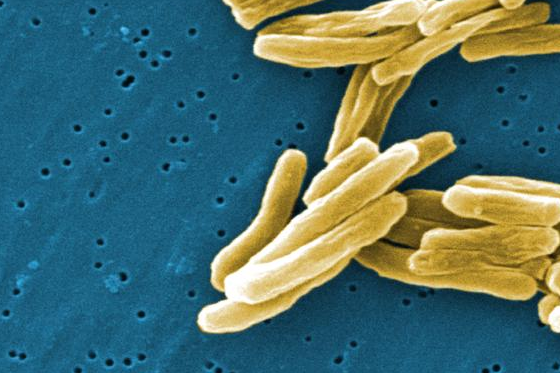Tuberculosis origins traced back to humans
According to an international team of scientists, the origins of human tuberculosis have been traced back to hunter-gatherer groups in Africa 70,000 years ago.
The research goes against common belief that TB originated in animals only 10,000 years ago and spread to humans.
The work, published in Nature Genetics, outlines the strong relationship between the evolutionary history of both humans and TB.
The disease causes more than one million deaths every year.
Previous research has indicated that human TB originated about 10,000 years ago in Africa during the Neolithic Demographic Transition (NDT), when the human population was expanding and agriculture was becoming prominent.
Researchers combined geographic and genetic data from 259 strains of TB to reconstruct its evolutionary history and compare it to the origins of humans in Africa.

The origins of human tuberculosis have been traced back to hunter-gatherer groups in Africa 70,000 years ago
Prof. Sebastian Gagneux, from the Swiss Tropical and Public Health Institute, said: “We found that the most basal – the earliest – lineages of TB and humans originated in the same place, in Africa, 60,000 years earlier than what people previously thought.
“What we have done is provide a strong hypothesis to reinforce the idea that TB originally started in humans, and migrated to animals during NDT.”
The question the scientists are now trying to answer how TB managed to survive 60,000 years among small groups of people.
A striking feature of TB, which is not common in other diseases, is that people can be infected with it for years before showing any symptoms. The disease is able to reactivate itself after a certain time period.
This latency is what the researchers suggest kept TB alive during early years.
Prof. Sebastian Gagneux said: “If there are only a few people to infect, it makes no sense to kill them, as you would risk killing itself too. It’s an evolutionary dead-end.”
Once the human population started expanding during the NDT, TB became more active and was able to spread farther.
So, as the number of hosts increased during and after the NDT, so did TB’s drive for increased virulence.
“The next step in this research would be to use genetic information to understand this activation and deactivation mechanism of TB,” said Dr. Inaka Comas, lead author of the research.
TB remains a global threat, causing 1.4 million deaths in 2011, according to the World Health Organization. If scientists can understand how TB and humans co-developed, it may help find a way to reduce its prominence.
